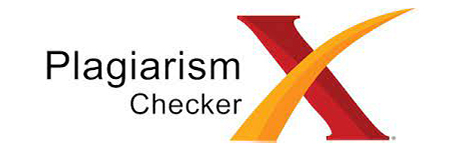Pengaruh Kegiatan Mewarnai terhadap Kreativitas Anak Usia 4–5 Tahun
DOI:
https://doi.org/10.70716/pjmr.v1i4.270Keywords:
Creativity, Early Childhood, Coloring, Cognitive Development, Early Childhood EducationAbstract
Creativity is one of the essential aspects of development that must be stimulated from an early age, particularly in children aged 4–5 years who are in the preoperational stage according to Piaget’s theory. At this stage, children actively express themselves through imaginative activities, one of which is coloring. Coloring activities not only train fine motor coordination but also encourage children to imagine, choose colors that reflect self-expression, and develop confidence in making decisions. Thus, coloring can serve as an effective medium to enhance creativity aspects, including fluency, flexibility, and originality. This study aims to analyze the effect of coloring activities on the creativity of children aged 4–5 years by using a quasi-experimental design with a pretest-posttest control group. The research subjects consisted of two groups: the experimental group, which received regular coloring activities, and the control group, which did not. The research instruments included creativity observation sheets based on early childhood development indicators, while data were collected through observation, documentation of children’s work, and interviews with classroom teachers. The results indicate a significant improvement in the creativity level of children in the experimental group compared to the control group. Children who participated in coloring activities were more confident in expressing ideas, produced more diverse color combinations, and demonstrated originality in their creations. These findings prove that coloring activities play an important role in stimulating the development of creativity in early childhood. The study is expected to provide insights for early childhood teachers and parents in designing engaging and effective learning activities to nurture children’s potential, as well as to encourage early childhood education institutions to integrate coloring activities as part of creativity-based learning strategies.
Downloads
References
Bodrova, E., & Leong, D. J. (2019). Vygotskian and post-Vygotskian views on children’s play. American Journal of Play, 11(2), 150–173.
Brewer, J. A. (2014). Introduction to early childhood education: Preschool through primary grades (7th ed.). Pearson Higher Ed.
Craft, A. (2001). Little c creativity. In A. Craft, B. Jeffrey, & M. Leibling (Eds.), Creativity in education (pp. 45–61). Continuum.
Craft, A. (2013). Childhood in a digital age: Creative challenges for educational futures. London Review of Education, 11(1), 1–17. https://doi.org/10.1080/14748460.2013.765252
Feldman, D. H., & Benjamin, A. C. (2006). Creativity and education: An American retrospective. Cambridge Journal of Education, 36(3), 319–336. https://doi.org/10.1080/03057640600865819
Guilford, J. P. (1967). The nature of human intelligence. McGraw-Hill.
Papalia, D. E., & Martorell, G. (2021). Experience human development (15th ed.). McGraw-Hill Education.
Permendikbud Nomor 137 Tahun 2014 tentang Standar Nasional Pendidikan Anak Usia Dini. (2014). Kementerian Pendidikan dan Kebudayaan Republik Indonesia. https://peraturan.bpk.go.id/Home/Details/140242/permendikbud-no-137-tahun-2014
Santrock, J. W. (2018). Child development (14th ed.). McGraw-Hill Education.
Vygotsky, L. S. (1978). Mind in society: The development of higher psychological processes. Harvard University Press.
Downloads
Published
How to Cite
Issue
Section
License
Copyright (c) 2025 Zara Inara, Diana Ningsih, Kiara Adeeva

This work is licensed under a Creative Commons Attribution-ShareAlike 4.0 International License.











